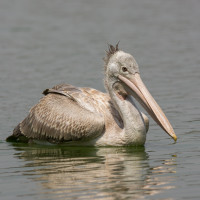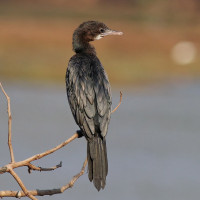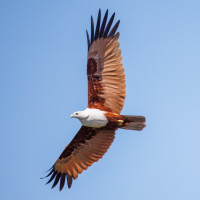Description
Gal Oya Lake (known in Sri Lanka as Senanayake Samudraya or Inginiyagala Reservoir) was formed by damming the Gal Oya river and other smaller rivers. The reservoir is the largest body of water in Sri Lanka and is bordered by the mountains of Inginiyagala and Gal Oya National Park. The area is full of wildlife, including more than 200 elephants, as well as bears and leopards.
The islands in the reservoir are a refuge and breeding area for thousands of birds. The old dead trees that stick out of the water are used as lookouts or hunting posts by many birds. The birds are often beautiful to photograph when you pass the old trees in a boat. Also great to observe from the water are the islands with breeding colonies of birds. Among the birds you can see on Gal Oya Lake are Spot-billed Pelican, Eurasian Spoonbill, Black-crowned Night Heron, Oriental Darter, Great Stone-Curlew, White-bellied Sea-Eagle, Grey-headed Fish-Eagle, Brahminy Kite, Little Cormorant, Great Cormorant, Indian Cormorant, Little Egret, Great Egret, Medium Egret and Black-headed Ibis.
Details
Access
Gal Oya Lake is located in the east of Sri Lanka, 20 km to the west of the city of Ampara. The only way to explore the reservoir is by a boat safari. Boats leave from the Gal Oya Dam and tickets need to be reserved in advance. Most hotels and touroperators in the area offer this boat trip. Most visitors do this boattrip to see the elephants. Therefore it is a good idea to inform the guides that you are also interested in birds, so that they show you the best places for birding, including the islands with breeding colonies.



